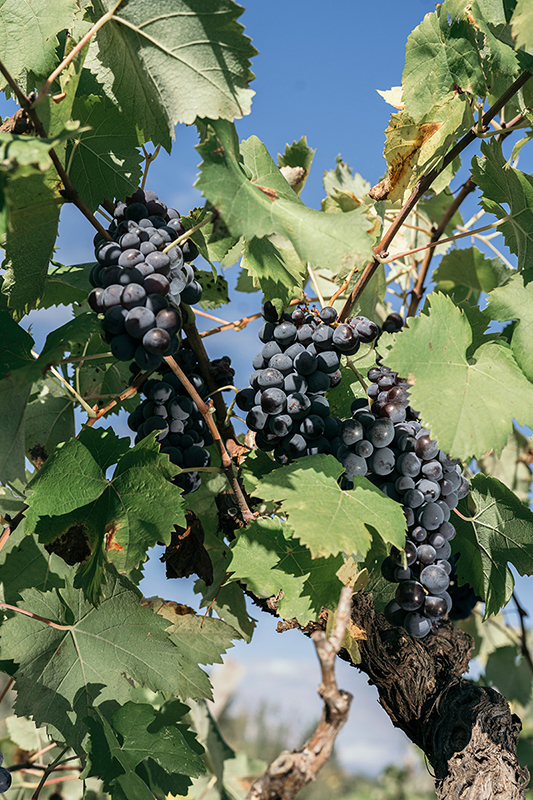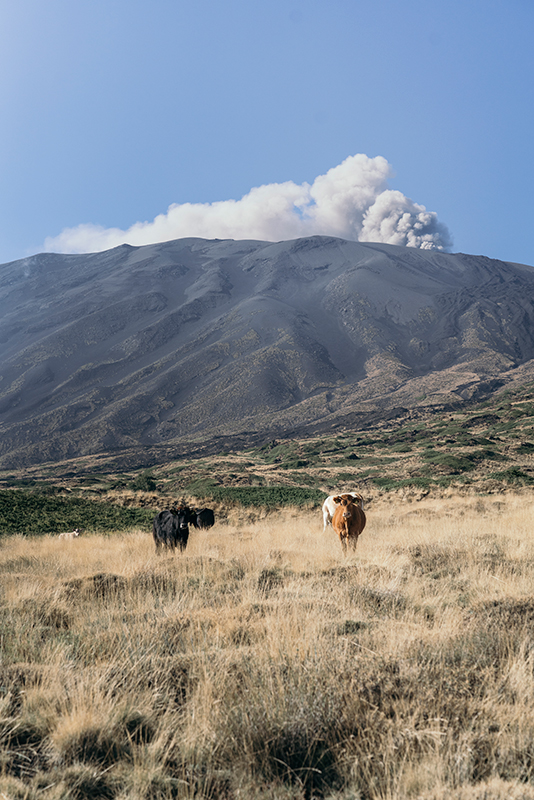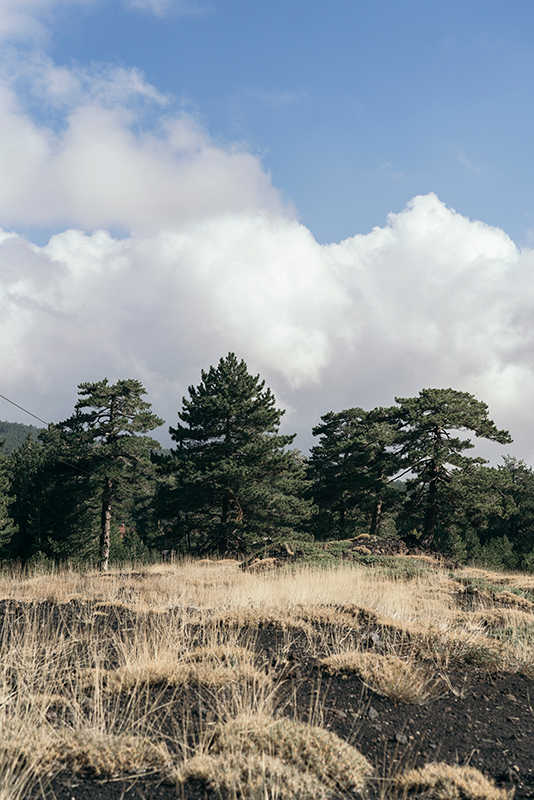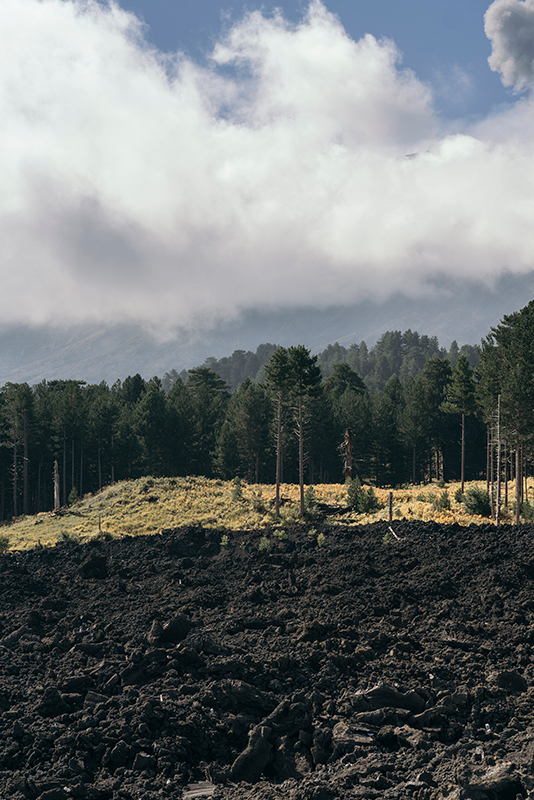
Etna is certainly one of the most interesting areas on the global wine scenery. Its viticulture has a millennial history and still retains unique features: the terracing, whose levels are bounded by dry stone walls, allows the winemaker to exploit the varying soil elevations; the traditional “Alberello” training system ensures greater ventilation and insolation of the plants.

Etna enjoys an exclusive ampelographic heritage which – alongside Nerello Mascalese – includes other indigenous varieties such as Carricante, Minnella and Nerello Cappuccio, grown exclusively on the volcano slopes.
Following the phylloxera epidemic occurred in the late 1800s, which disrupted European viticulture, the few remaining winemakers were forced to replace the dead plants with readily available vine shoots. As a result, it is not uncommon to find vineyards in which stumps of different varieties coexist alongside old un-grafted vines.

The variety of microclimates present on the volcano is one of the most fascinating peculiarities of this territory. If it is generally possible to identify typical features of mountain climates, it is also true that the latitude ensures greater sun intensity and duration, which imparts the area with a characteristic Mediterranean climate pattern.
Profoundly diversifying factors are altitude and exposure: the northern side benefits from the protection of the Nebrodi Mountains and enjoys a drier climate, given its greater insolation; the eastern and south-eastern sides, conversely, overlook the sea and are therefore characterized by additional cloudiness, rainfall and less sunshine.

Profound differences can also be found in the soils, as detectable from their composition and texture. The volcanic sands are more or less fine, the presence of calcium is variable, while iron content and alkalinity vary between one lava flow and another.
The volcano’s continuous activity and consequent fallout of ashes and lapilli ensure ongoing natural fertilization in the medium and long term.
